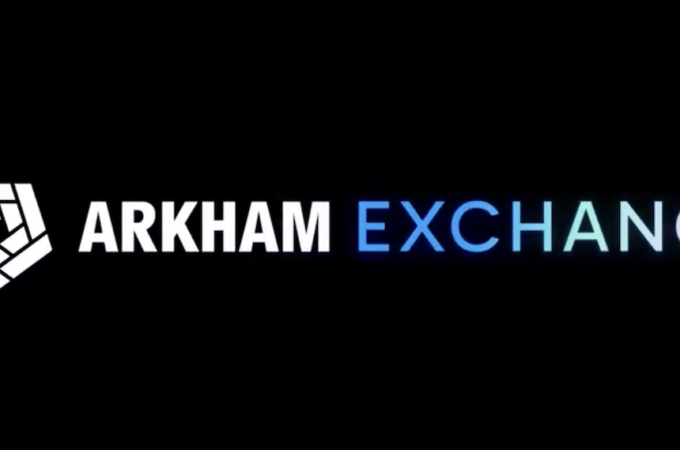
Pandemic Progress – Banks Playing Catch-Up During COVID-19
via Forbes
The banking industry has changed over the last five years, with new challenger banks capturing headlines in many markets backed by a tsunami of VC money. 2020 was meant to be the year in which we saw whether European challengers like Monzo and N26 could make a dent in the U.S. market, and whether a surge of new digital challengers in markets like Australia, Singapore and Hong Kong could achieve scale. Instead, 2020 has been dominated by COVID-19. The banking world has changed dramatically, but not in the ways we might have expected.
Instead of new entrants setting the pace, traditional banks have been forced into a primarily digital business model, with branches largely shuttered and commerce moving almost entirely online. Rather than continue to make incremental improvements to their digital capabilities, incumbents have been forced to grapple with and adapt to a new business model that looks a lot like those pioneered by new digital entrants. Although the transition has been painful for many, it will undoubtedly help close the digital gap, and in doing so raises questions about the medium-term prospects of what — until only a few months ago — were the fintech darlings of the banking industry.
Challenger banks across the world spent the last five years courting a younger customer base with mobile-first transaction banking apps that promised better money management, lower fees, open marketplaces and improved advice. But with their focus on day-to-day banking and features like “saving for vacation,” it turns out they may have majored on a business model tuned to the good times and that may struggle as the world economy plunges into recession. In Europe, where new digital banks accounted for more than a third of banking revenue growth since 2005, app downloads for challenger banks have dropped precipitously over the past two months. Investors backing these unicorns have pulled back support too, with VC funding falling to a two-year low. Rather than surging new customer acquisition numbers, many of the challenger bank headlines are centered around staff layoffs, and there is every indication that challengers are now playing defense. There is also increasing speculation about plunging valuations and potential acquisitions by traditional banks.
Part of the fintech challenge is that in times of uncertainty and stress, traditional banks are seen as a safe haven. This partly reflects a flight to safety, as people hew closer to institutions with long track records that they judge more likely to survive an economic downturn. But this shift is also driven by consumers’ focus on credit, with an eye toward the macroeconomic environment of the next 12 to 24 months. With the average U.S. consumer only having enough savings to last a few months, many are viewing access to credit as the financial bridge that will help span troubled times ahead. While many fintechs may have been focused on credit, there are worrying signs that their claims of better approaches to credit assessment may already be getting undermined by elevated credit losses as the economy experiences a sharp downturn.
So COVID-19 is presenting the traditional banks with an opportunity to play catch-up and close the digital gap. This gap isn’t only with the new entrants but also with leaders within traditional banking. Last year, Accenture ACN research found that only one in eight traditional banks (12%) has truly embraced digital, with another 38% somewhere on the path. But half of banks were lagging, and their digital deficit was becoming visible in a profit gap emerging between the digital best and the rest. What the pandemic has done has forced the laggards to play catch-up with both the incumbent leaders and the new entrants.
While for many banks this has required learning as they go, consumers are indicatingthey are much more forgiving of missteps and hiccups in the current environment. Psychology also indicates that it takes 60 to 70 days for consumers to learn new habits, so as the lockdowns continue, banking via an app and having meetings over video conferencing apps like Zoom will begin to feel like the normal course of business. Some banks will surely regress toward their old business model as the crisis abates, but there will also clearly be dramatic changes in terms of the number of branches, level of contactless payments and digital advice.
But there are also pitfalls associated with this digital acceleration. One of the reasons banks have resisted a full embrace of end-to-end digital is the risk of fraud. One example is synthetic identity fraud, where scammers build an online persona over months to then trick banks into providing large loans that then don’t get repaid. As banks have ramped up digital account opening, fraudulent accounts have also surged in the absence of in-person vetting. That is one of the reasons why, as late as last year, only around 10% of retail banking products in the U.S. could be opened using a purely digital process.
These are all solvable problems, and history shows that consumer financial behavior is different during a boom than during and after a bust. Prior to the mortgage crisis of 2008, savings by American consumers were at multi-decade lows, in the mid-3% range. Savings more than doubled in the month the crisis hit, then climbed steadily higher to 12% as the recession ended. Early in the pandemic, personal savings rates skyrocketed to 13% from rates in the 7% range throughout 2019. This shift to more savings, as well as a desire to have access to credit if needed, indicates a shift back toward a balance-sheet-oriented business and away from the fee income that’s powered the industry since deregulation in 1983. In the pandemic world, the focus is going to move quickly from liquidity provision (much of it state-backed and guaranteed) toward solvency for both individuals and businesses. In that world, the ability to get paid for risk-taking is going to be central, as will the ability to manage impaired credit assets. These are the core skills of the traditional banking sector, not of the challenger banks that were born during the good times.
No one expected or wanted the upheaval that the financial system and society at large have seen in recent months. Yet there is now a unique opportunity for traditional banks to close the innovation gap with fintechs. The banking industry shouldn’t let it pass.





